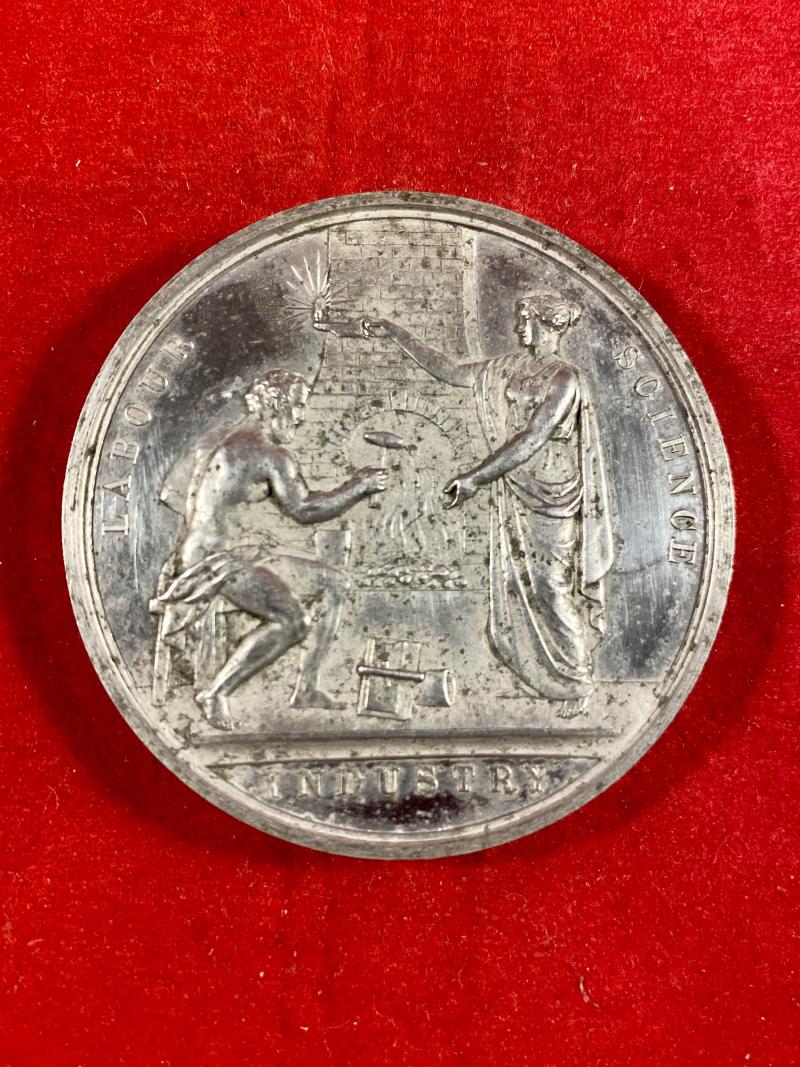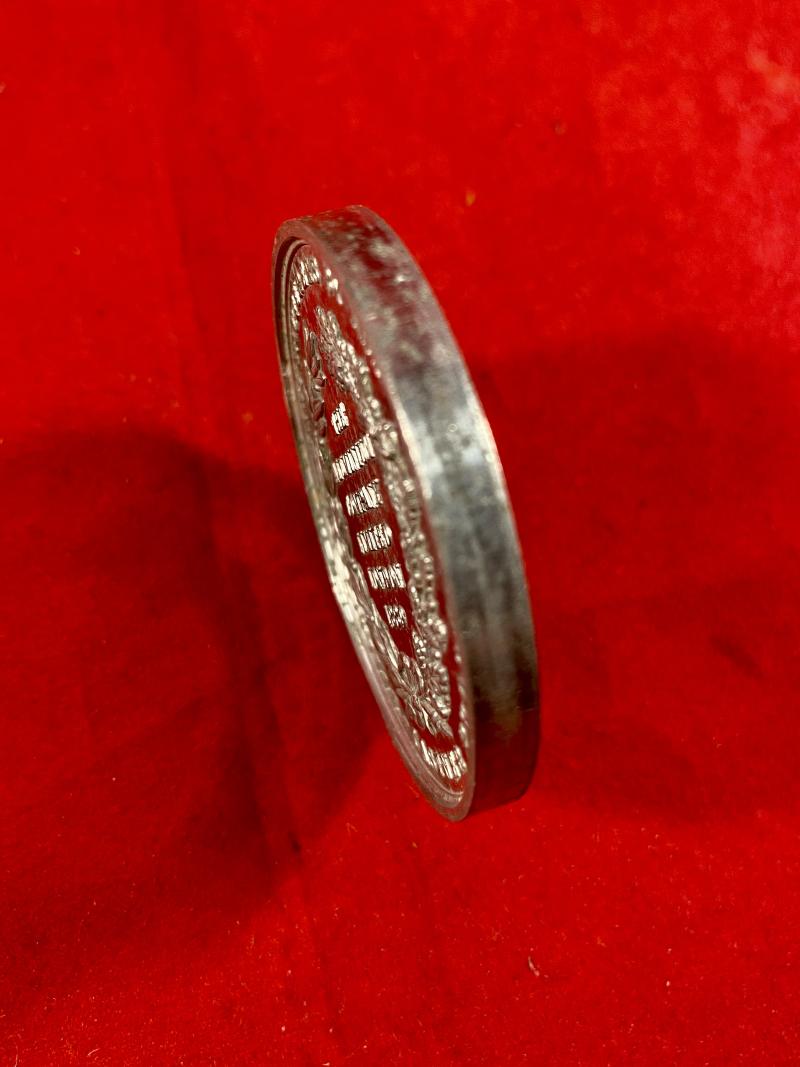Scarce Large Commemorative Aluminium Medallion for The Aluminium Company Limited London in 1889
Here on offer is a large (50mm) commemorative aluminium medallion produced using the Deville-Castner process, for The Aluminium Company Limited London in 1889.
This medallion marks a turning point in the history of this metal and its applications. At this time, aluminium transformed from an expensive material to an inexpensive metal that could be used commonly in construction and later in the manufacturing of coins and tokens.
Before the 1880s, aluminium was a very expensive metal. The process to produce the metal was difficult and the ingredients were expensive, resulting in a production cost that exceeded that of gold at times.
Prior to the 1850s, the method to produce aluminium used potassium and anhydrous aluminium chloride. Etienne Sainte-Claire Deville of France discovered a way to substitute potassium for sodium, which was significantly cheaper. Hamilton Young Castner was an American who experimented with aluminium manufacturing in England and developed a process to produce aluminium that was 99.5% pure.
In 1887 aluminium was trading for $15 a pound, but after The Aluminium Company began using the Deville-Castner process of producing purer, cheaper aluminium the market price fell to $5 a pound. As more aluminium was produced using this cheaper manufacturing method, the price dropped to $1 a pound by 1888.
In 1889, The Aluminium Company Limited London issued this commemorative medallion, struck in aluminium produced using the Deville-Castner process.
On the obverse it features Vulcan (the god of fire) seated at the furnace next to a female figure holding a lamp with the inscription “Labour Science Industry.”
On the reverse it depicts an advertisement for the manufacturers of the medal - The Aluminium Company Limited London, set in and around a laurel wreath.
These medallions were made for the Exposition Universal World’s Fair in Paris, France during the year 1889.
Today these medallions are often overlooked for their historical significance in advertising and in changing the world by introducing cheaper and purer aluminium.
The medallion is in great condition, still retaining its fine detailing. There is just a few dots of oxidisation on the surface.
It measures 1.9” (5cm) diameter and weighs 18g.
Please see my pictures for the details of the condition, which complement this description.
Please see my TERMS OF BUSINESS regarding Deliver Charges and Insurance regarding additional insurance cover, should you require it, BEFORE the item is dispatched.
The responsibility lies with the customer to check with your Customs restrictions that this item can be imported into your country.
Code: 51095
40.00 GBP







